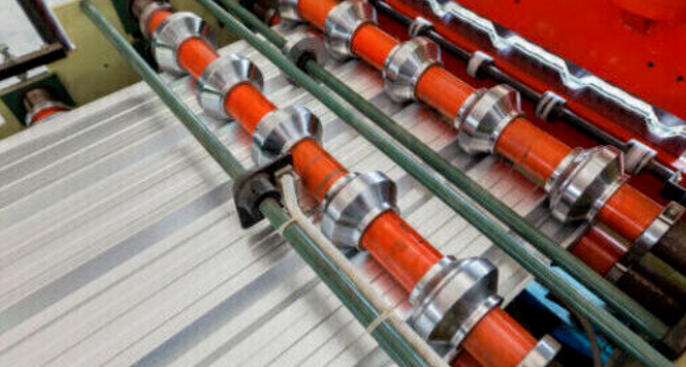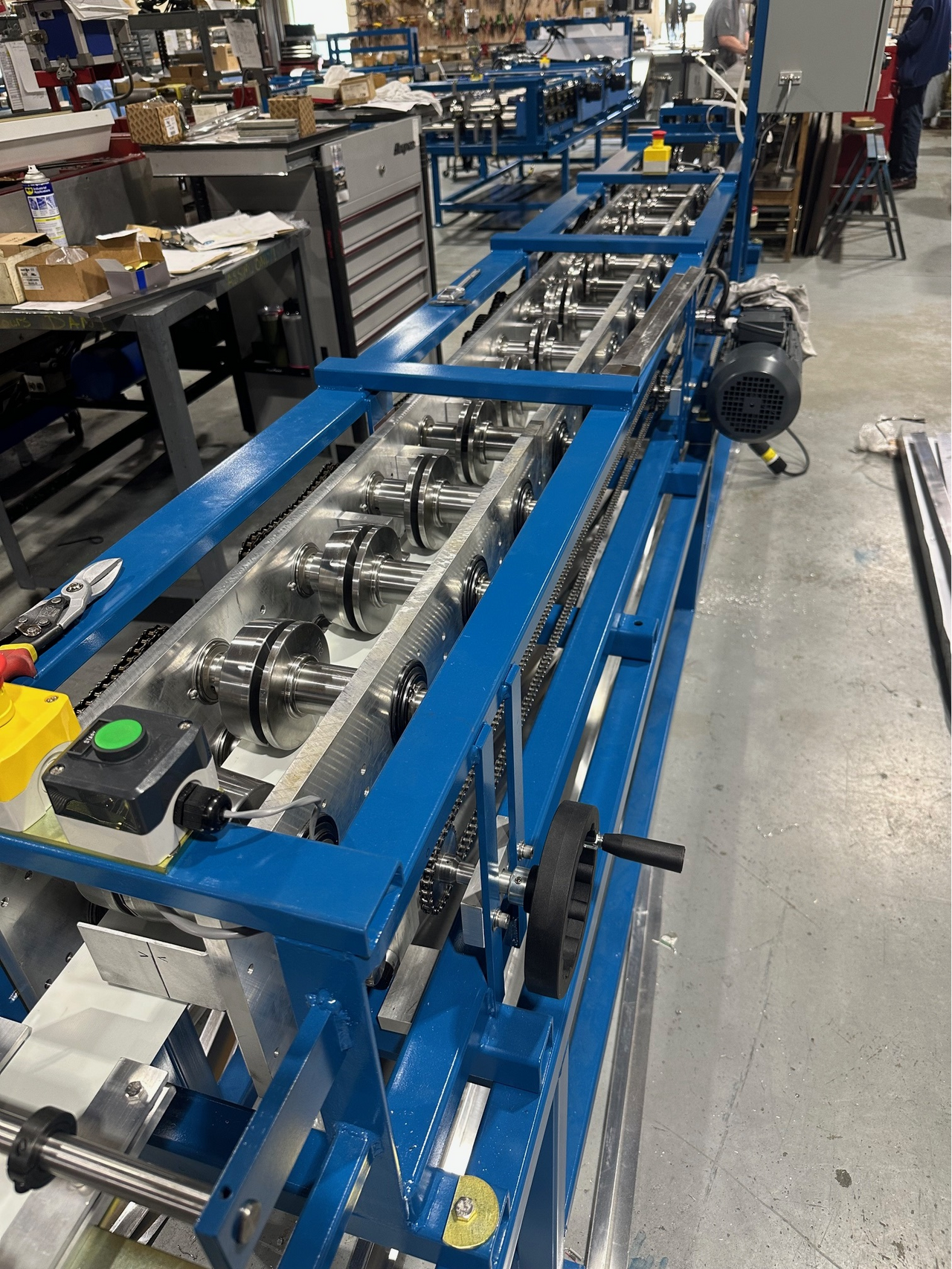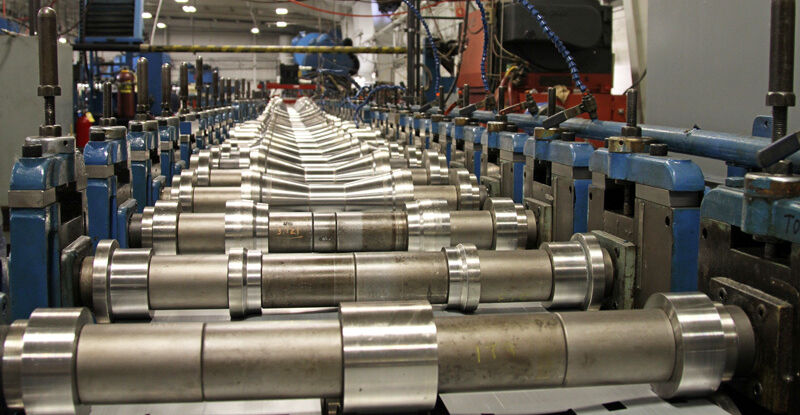
Posted on Sunday, September 22, 2024
By following this structure, you'll cover all essential aspects needed for safe and efficient operation of a roll forming machine.

Most Popular Roll Forming Machines in the United Kingdom
Posted on Thursday, December 11, 2025
This blog breaks down the five most in-demand roll forming machines in the UK

Can I Finance a Roll Forming Machine?
Posted on Thursday, December 11, 2025
Financing a roll forming machine is easier than most buyers think. Here’s how leases, loans, and payment plans make production affordable.

Roll Forming Machines for Sale in the UK: What Buyers Need to Know Before Purchasing
Posted on Thursday, December 11, 2025
This complete guide explains everything UK buyers must know before purchasing, including machine types, voltage requirements, CE/UKCA compliance

Roll Forming Machines for Sale in the USA: What Buyers Need to Know Before Purchasing
Posted on Wednesday, December 10, 2025
This guide explains everything U.S. buyers need to know before purchasing a roll forming machine, including machine types, pricing, voltage
Copyright 2026 © Machine Matcher.